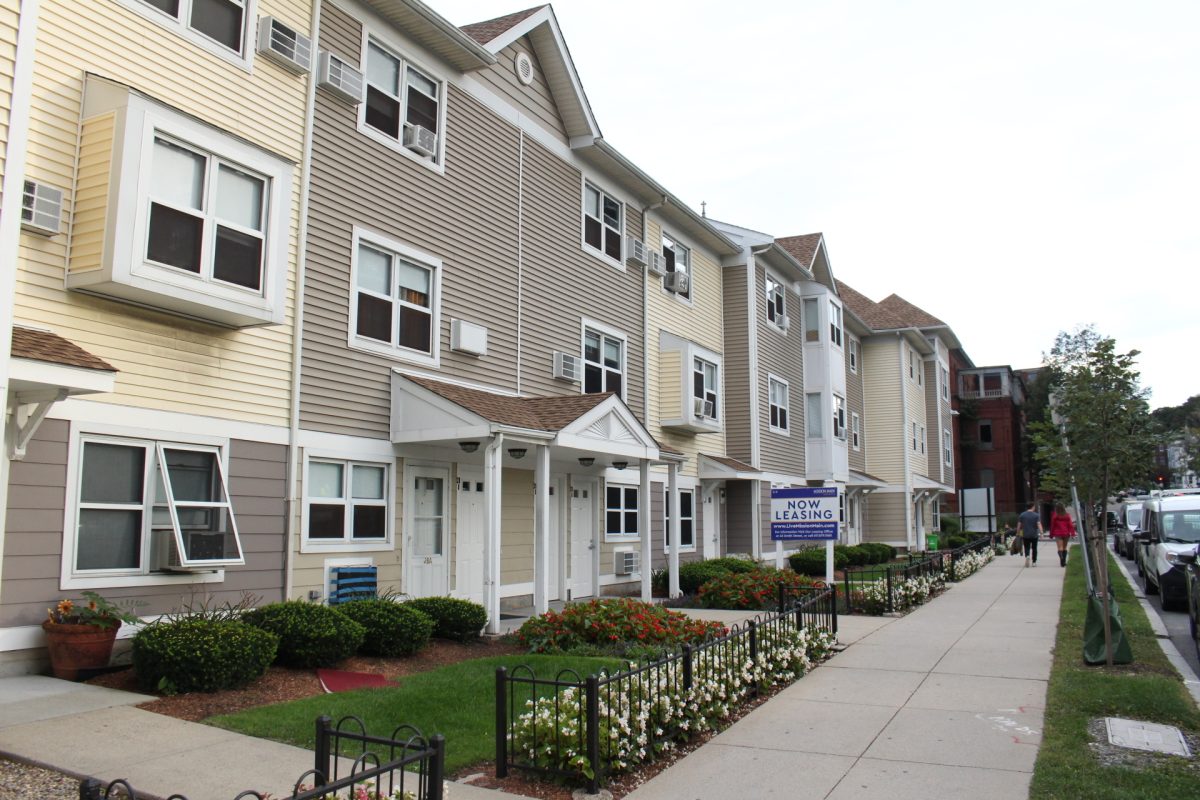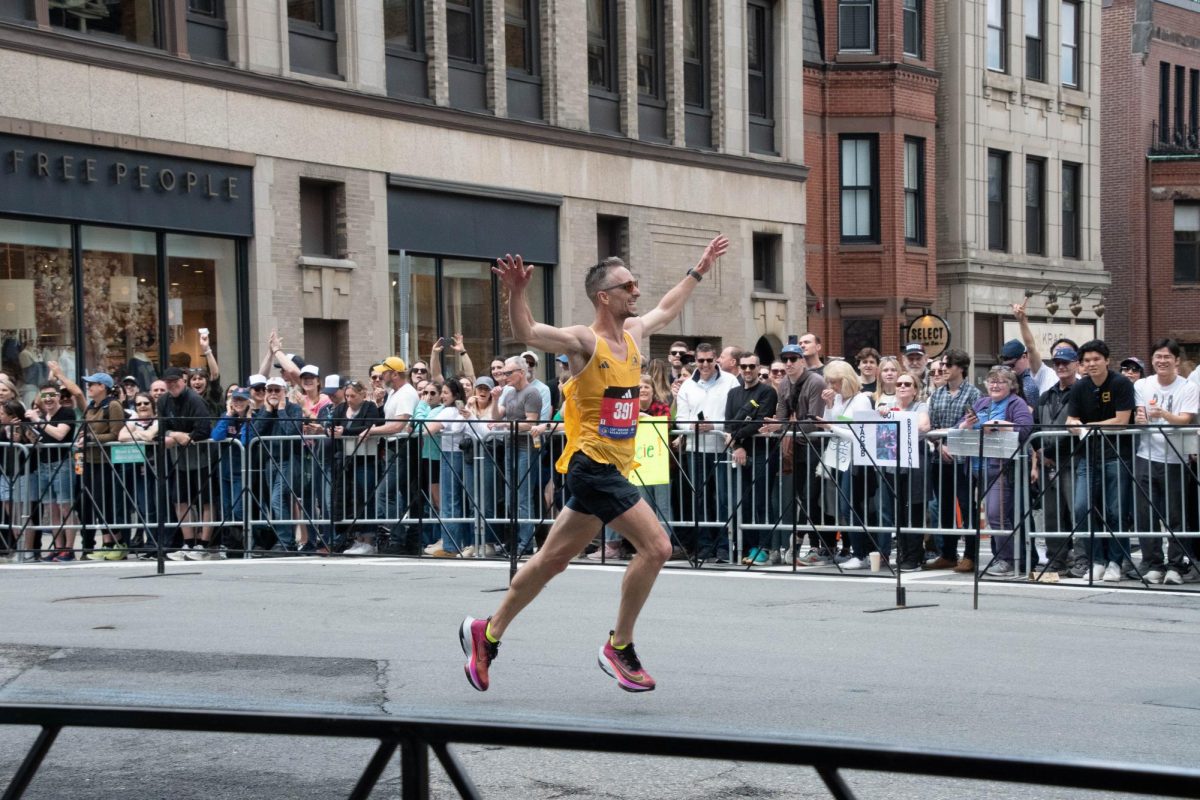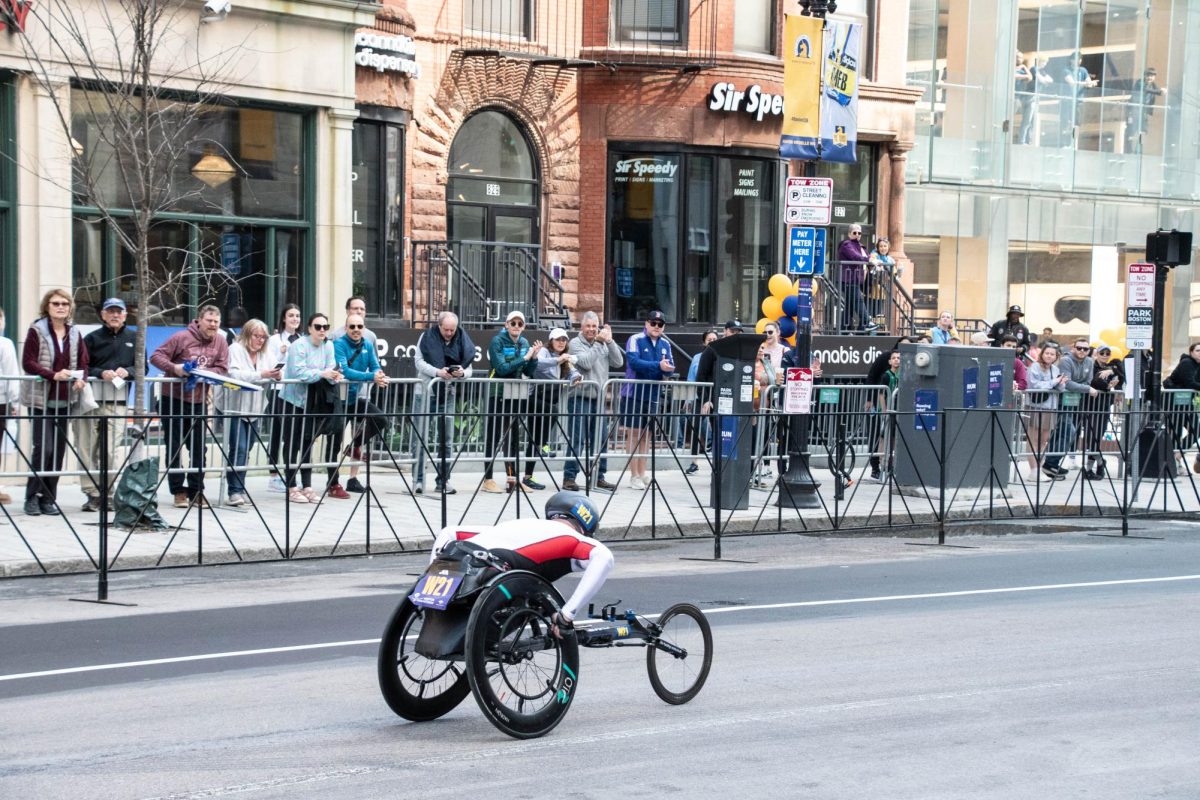
By Cindy Chung
News Correspondent
In a recent push to eradicate graffiti on the T, Boston Police have cracked down on vandals on most T lines.
Sentences for vandals have become more harsh than the usual slap on the wrist. They now include more severe punishments like jail time, probation and thousands of dollars worth of fines.
“We’re actively investigating and prosecuting vandals,” said Transit Police Lieutenant Detective Nancy O’Loughlin, who said she has been fighting vandalism for almost 10 years. “All I do is apply my knowledge and hold them accountable.”
In addition to such punishments for those who are caught, vandalism is a monetary burden to the public. About $500,000 of tax dollars is spent each year for graffiti clean up according to the MBTA in an article written by the Boston Herald.
Graffiti is a pervasive aspect of modern pop culture, often accepted as an eclectic but legitimate medium of art. Many street artists such as Banksy have a cult following.
But O’Loughlin said graffiti is not art.
“If it’s self-expression and artistic, then they can do it on their own property,” O’Loughlin said. “It’s not fair to force your idea of art onto anyone else. They don’t have permission. Unless they keep it within a sanctioned forum, it’s not art.”
Other Transit Police officials said MBTA trains are not the proper place for graffiti, regardless of any artistic qualities.
“Graffiti is vandalism, and clearly not an art when private and public property are defaced,” said Lewis Best, transit Police deputy chief.
Northeastern Art professor Mira Cantor said the perception of graffiti relies on a generational gap.
“I think [graffiti] is a way for teenagers to express themselves if they don’t have many outlets in which to do that,” said Cantor. “It mostly takes place in poor neighborhoods, so the perception is that there is an allowance for it there and perhaps it breeds crime. I don’t see a real connection myself.”
Best and O’Loughlin said while they believe graffiti artists don’t literally put people in danger, they create the notion that the city is unsafe.
“If you leave it unchecked and don’t address it, it … opens the way to people who want to go against the system, be it drug dealers or robberies,” O’Loughlin said. “That’s why it’s a problem. If you can’t deal with small things, then how can you handle the larger issues?”
Psychology professor Lisa Barrett said she is unconvinced that vandalism creates fear, claiming the fear is dependent on the nature of the graffiti.
“Whenever there is evidence of something illegal that occurred and there isn’t law enforcement or something to control it, that would make people feel unsafe,” Barrett said.
“But sometimes people find graffiti pleasing, if it’s evocative in some way with swear words or something racist and overtly negative, it could cause unease, but some graffiti is colorful and quite artistic.”
Freshman biology major Shane Hannah said he doesn’t mind the vandalism.
“I don’t go on the T and expect it to be clean and look nice,” Hannah said. “I just use it as a means of cheap transportation to get from point A to point B.”
O’Loughlin said students should treat public property for what it is – not a museum.
“Keep art where it belongs – on a legal forum, not on someone else’s property,” she said.













